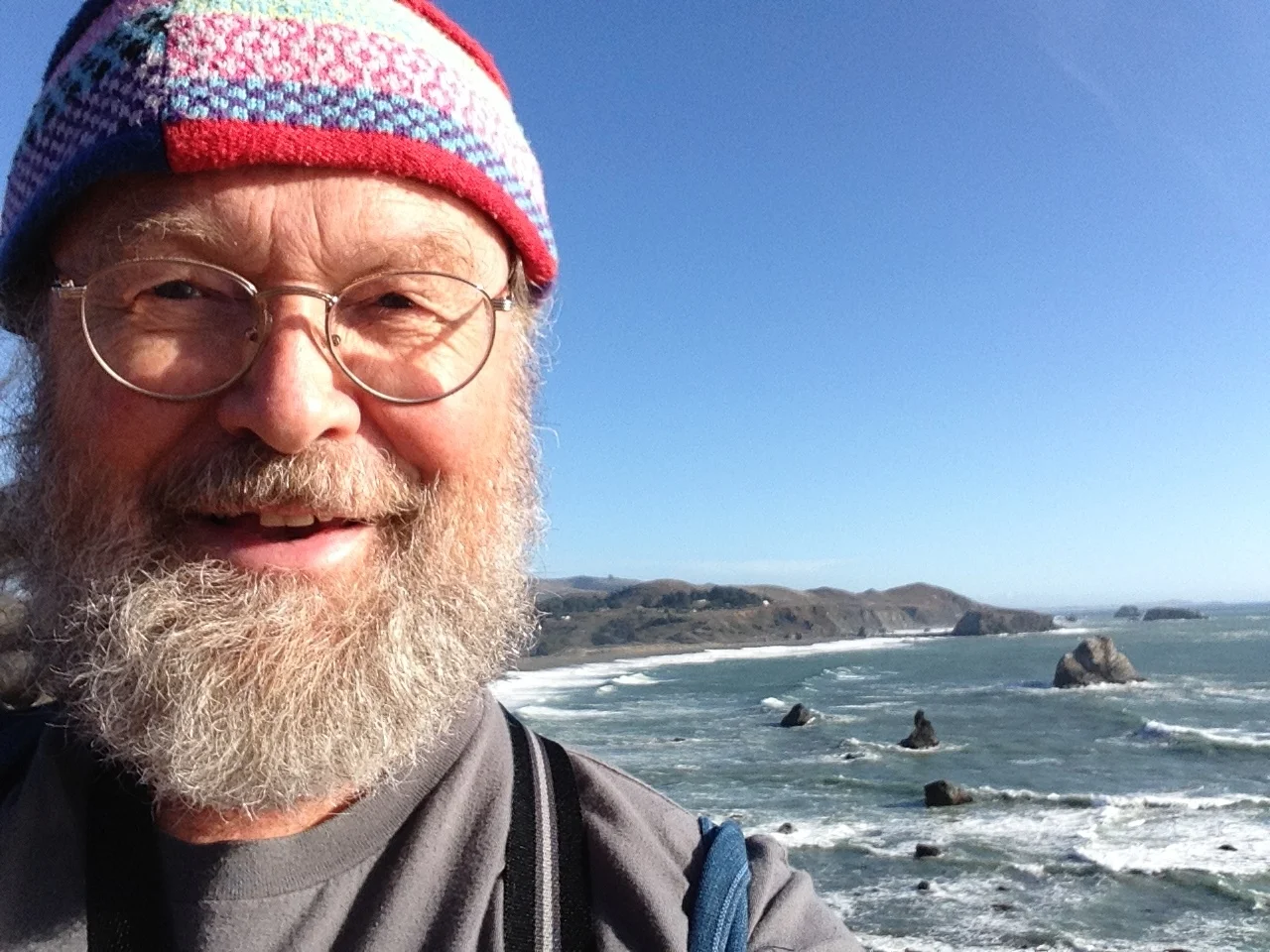Micah Schwaberow
Micah Schwaberow
Micah Schwaberow (1948–2022) was an American printmaker whose lyrical woodblock prints capture both the quiet grandeur of the California landscape and the refined discipline of Japanese artistic tradition. Born in Eugene, Oregon, Schwaberow eventually settled in Santa Rosa, California, where the rolling hills, wide skies, and rugged coastline of Sonoma County became central motifs in his work. These natural elements—sunlit hillsides, drifting cloudscapes, and the meeting of land and sea—appear repeatedly in his woodcuts, reflecting both his deep personal connection to place and his mastery of compositional balance.
Schwaberow’s artistic path took a decisive turn in 1981 when he traveled to Japan to study with Toshi Yoshida, one of the great masters of 20th-century Japanese printmaking and a member of the renowned Yoshida family of artists. Under Yoshida’s mentorship, Schwaberow absorbed the demanding techniques of traditional Japanese woodblock printing, or mokuhanga. This included not only the carving and inking of woodblocks, but also the subtle layering of colors and textures that give the medium its luminous depth. His time in Japan was formative; for a period, he remained there to pass on what he had learned, teaching other international students who came to explore this intricate art form.
When he returned to the United States, Schwaberow brought with him a refined sensibility that fused East and West. He remained dedicated to the mokuhanga tradition, adapting its techniques to depict the landscapes and light of Northern California. His prints often resonate with a meditative stillness, a quality derived from his Japanese training but filtered through a distinctly American subject matter. He also became an influential teacher, sharing his expertise through workshops across the San Francisco Bay Area. Institutions such as the University of California, Berkeley, Mills College in Oakland, and the San Francisco Art Institute welcomed his instruction, and countless students benefited from his patient guidance.
Throughout his career, Schwaberow’s work earned widespread recognition. His prints entered major public collections, including the Achenbach Foundation for the Graphic Arts at the Fine Arts Museums of San Francisco, the Palace of the Legion of Honor in San Francisco, the California Museum of Art, and the Luther Burbank Center in Santa Rosa. These placements underscore his reputation as a significant American interpreter of the Japanese woodblock tradition. His works are admired not only for their technical finesse but also for their quiet poetry—images that evoke the shifting moods of sky, water, and earth.
Schwaberow’s legacy is twofold: as a maker of prints that bridge cultures, and as a teacher who inspired others to carry on the tradition of hand-carved, hand-printed art in an era increasingly dominated by digital reproduction. His life and work remind us of the enduring power of craft, discipline, and attentiveness to nature. In Sonoma’s hills and coastlines, he found a subject worthy of lifelong exploration, and in Japanese woodblock printing, he discovered a medium capable of expressing both serenity and wonder.


